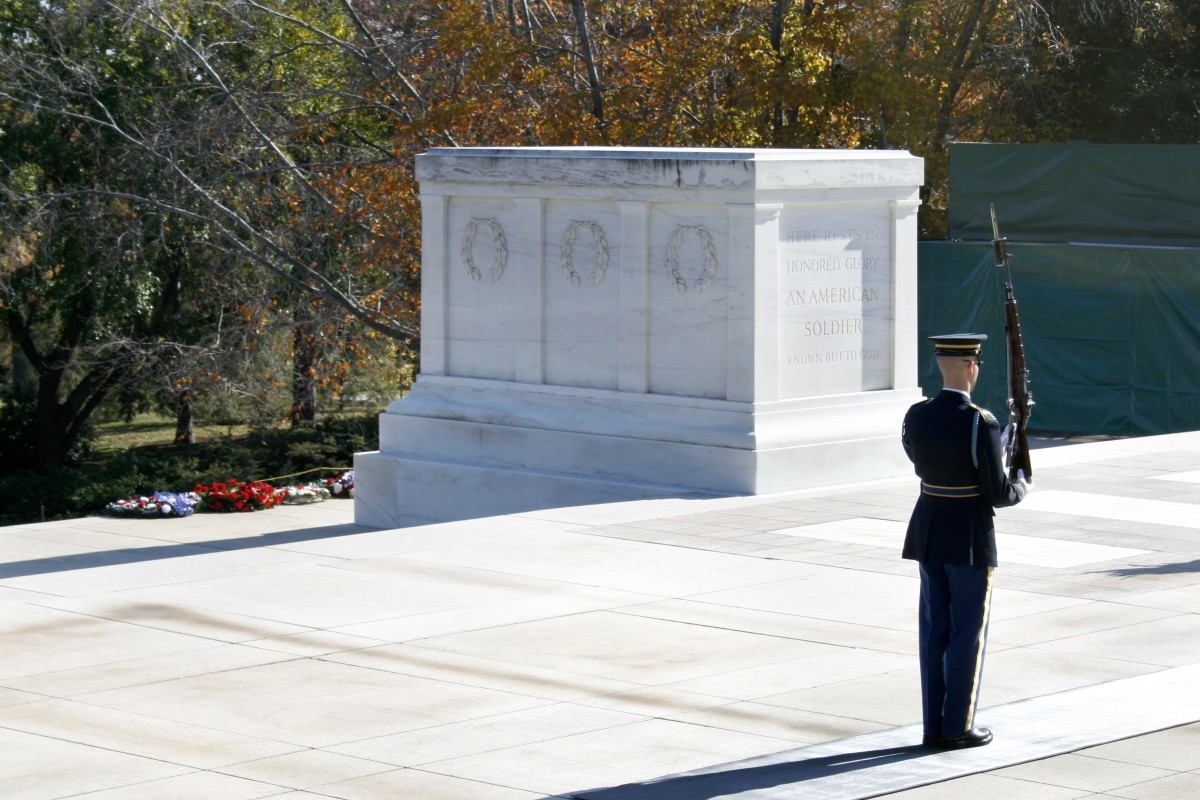Tombs of the Unknown Soldier overseas

The 11th November 1918 has the sound of victory for France. But it also marked the beginning of a long period of mourning. Over 1.4 million soldiers were killed or went missing. Most of them were buried in military or national cemeteries, like Notre Dame de Lorette. Others, unidentified, were buried in ossuaries. In 1916, the idea that the nation should honour one of its fallen soldiers gained ground. In 1920, a law was unanimously passed in parliament. Then, early the following year, an unidentified body, chosen from among eight others, was buried in a vault beneath the main arch facing the Champs-Élysées.
Ever since 1923 – even under the German occupation – the flame has been relit every day in memory of the soldiers who have died for France since the First World War.
But our country is not unique in this. Nearly 30 nations around the world use this symbol to remember their soldiers: Britain, Italy, Greece, Canada, the United States, Poland, Serbia and many others.

Tomb of the Unknown Soldier, Arlington, USA © Creative Commons CC0
Beneath the walls of the Kremlin, in Moscow, lie the remains of a soldier killed in the battle to defend the city, in 1941, in honour of all the Soviet soldiers who died in the conflict with Hitler’s Germany. The memorial was officially opened in 1967 and a flame burns there permanently. An inscription in bronze reads: “Your name is unknown, your deeds immortal.” A guard of honour provided by the Kremlin regiment guards over the monument.
Ceremony at the Tomb of the Unknown Soldier in Moscow, 2005 © Rights reserved
During the First World War, Australia sent more than 295 000 soldiers to fight on the Western Front, in France and Belgium. Altogether, 60 000 lost their lives there. Some were buried at Adelaide Cemetery in Villers-Bretonneux, Picardy. In 1993, one soldier’s remains were exhumed there. After lying buried on French soil for 75 years, it was taken to Canberra and re-buried at the Australian War Memorial. On the tomb, in gold letters, are the words: “An unknown Australian soldier killed in the war of 1914–1918.” In this way, the museum, devoted to the history of Australian military involvement in the two major world conflicts of the 20th century, pays tribute to its dead, including those still buried 15 000 kilometres from home.
Tomb of the Unknown Australian Soldier at the Australian War Memorial in Canberra, 2015 © Monument Australia 2010
Ministry of the Armed Forces/DPMA/SDMAE/BAPI (Office for Educational Actions and Information) – Text by Paul-Emmanuel Zevort

